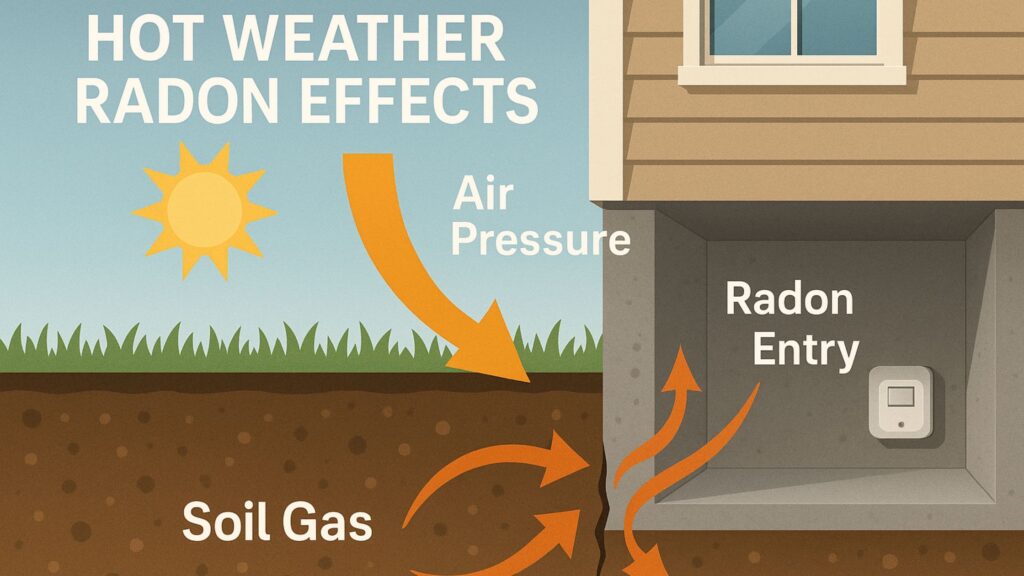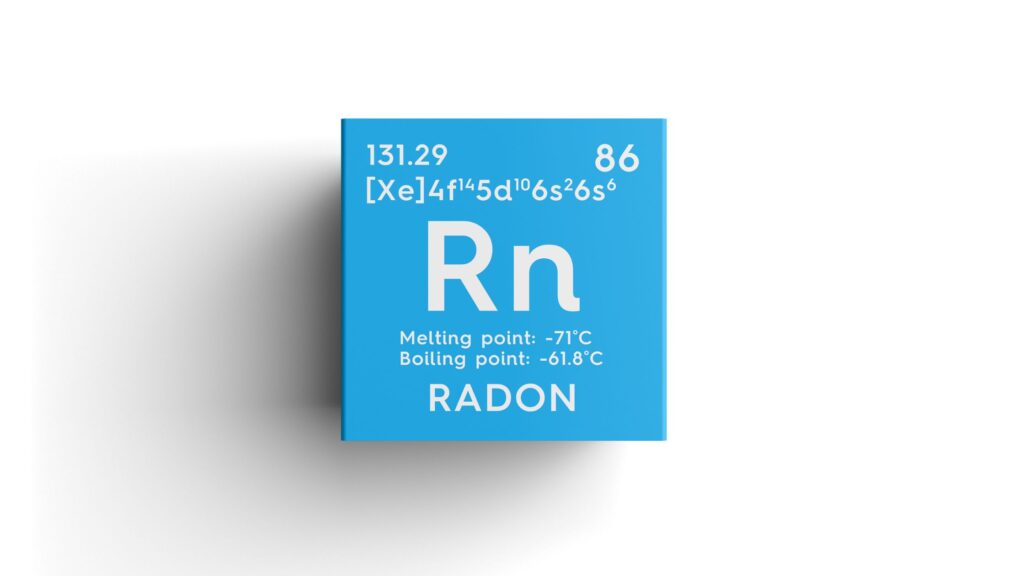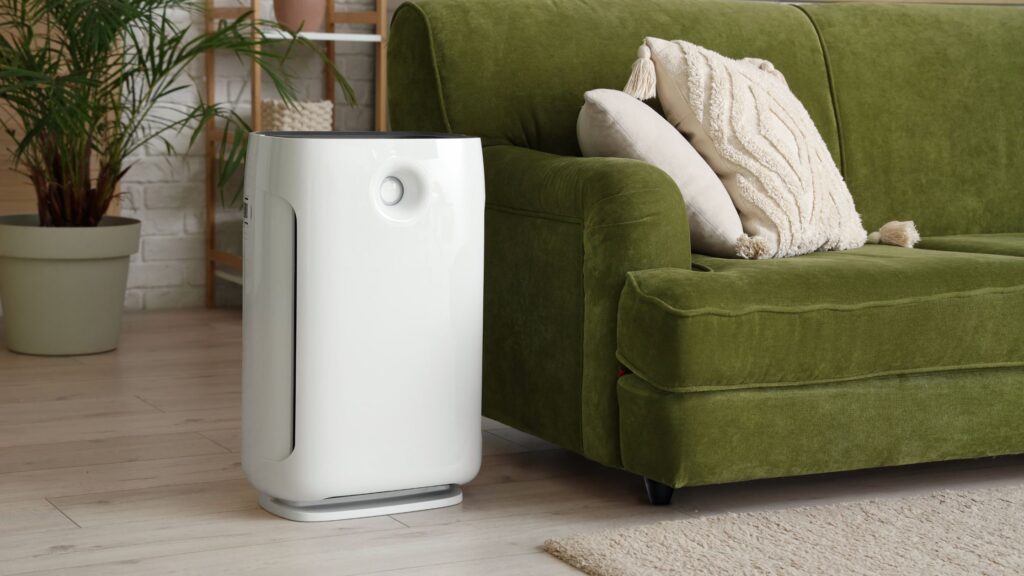Radon mitigation systems don’t last forever. Over time, parts can wear out or stop working properly, which leads many homeowners to think about the cost to repair the radon mitigation system. In this easy-to-follow guide, you’ll find out what causes these systems to need repairs, how to spot common problems, when it’s time to call in a pro, and how to keep your system running smoothly. We’ve kept everything clear and simple, so you can make smart choices with confidence.

1. What Is a Radon Mitigation System?
A radon mitigation system protects your indoor air by removing radon gas from beneath your home before it can accumulate inside. Most systems use sub-slab depressurization, featuring PVC pipes and a fan that safely vents the gas above your roof. When properly installed and sealed, these systems keep radon levels low and your air safe. Experts like DSM Radon offer professional testing and customized system designs for homes and businesses across Des Moines and nearby communities.
2. Why Repairs May Become Necessary
Radon mitigation systems work around the clock, so even small problems can affect how well they perform. The fan might stop running, pipe seals can wear out, or the manometer might stop showing the correct pressure.
Because of this, the cost to repair a radon mitigation system usually includes the price of labor, replacement parts, and the time it takes to figure out what’s wrong. Weather changes and shifting seasons can also put extra stress on the system, leading to more wear over time. Learn more about Radon Mitigation System Cost to Install.
3. Key Factors Influencing the Cost
Several key factors influence the cost to repair a radon mitigation system:
- System complexity: More suction points or crawlspace liners require extra work.
- Accessibility: Hard-to-reach parts like attic fans add to repair difficulty.
- Part replacement: Fan swaps are simpler than replacing pipes or wiring, affecting labor costs.
- Warranty coverage: Fan warranties (often up to five years) can lower out-of-pocket expenses.
- Testing and retesting: Professionals retest after repairs to ensure safety, adding time and cost.
Together, these factors determine the final cost to repair the radon mitigation system, making each repair unique.
4. Common Repairs and Troubleshooting Tips
You can spot some radon system problems early by doing a quick check yourself. Here are a few things to watch for:
- Fan Not Working
If the manometer shows no pressure or the fan isn’t running, turn off the power, check the wiring or outlet, and reset the breaker. If the fan still doesn’t start, it may need to be replaced.
- Damaged Pipes
Pipes may shift, crack, or loosen over time. Inspect visible sections and seal small gaps with the right sealant. Larger breaks or hidden leaks should be repaired by a professional.
- Manometer Issues
If the liquid inside doesn’t move, the gauge might be clogged or broken. Replace the tubing or gauge if needed. Always confirm the system is running after making replacements.
- Low Suction
Place your hand near a suction point to check airflow. If it’s weak or missing, call a technician. Weak airflow can mean a blockage or a failing fan.
- Electrical Problems
A tripped circuit or faulty outlet can make the system seem to fail. Check wiring and breakers carefully. Persistent electrical issues should be diagnosed by an electrician.
These simple checks can help catch minor issues early and may lower the overall cost to repair the radon mitigation system.

5. When to Involve Certified Professionals
You should call a certified radon mitigation expert when:
- The fan won’t start after basic checks.
- You see pipe leaks, condensation, or structural shifts.
- Post‑repair radon levels remain above safety thresholds.
- Your system lacks a working manometer.
- You live in a jurisdiction requiring licensed installers or post‑testing documentation.
Certified professionals, like those at DSM Radon, maintain standards, offer guarantees, and ensure testing confirms system performance after any adjustments
6. Maintenance Strategies That Prevent Repairs
Proactive upkeep reduces potential problems, thereby lowering the cost to repair the radon mitigation system:
- Check the manometer at least monthly to confirm suction.
- Listen for unusual vibration or noise from the fan.
- Ensure pipes remain securely attached and free of cracks.
- Retest indoor radon every two years or after significant changes in HVAC or foundation.
- Replace filters or components per manufacturer or installer guidelines.
Consequently, regular maintenance keeps your system operational and prevents unexpected downtime.
7. How to Choose a Reliable Radon Service Provider
When choosing a radon mitigation provider, it’s important to find one who:
- Is certified by trusted organizations like NRPP, NRSB, or your state’s licensing agency.
- Handles everything from initial testing and system design to final installation checks.
- Provides clear written proposals, detailed system plans, warranties, and straightforward repair policies.
- Has strong customer reviews and plenty of experience working in your local area.
8. Why Prompt Repair Matters
Delaying repairs puts everyone in the building at risk by allowing harmful radon gas to build up, which can lead to serious health problems over time. Radon exposure is a silent threat—colorless and odorless—that has been linked to lung cancer, making it one of the most dangerous indoor pollutants.
Ignoring repairs can hurt your property’s value and may break safety rules, making it harder to sell. Prompt fixes keep radon levels low, protect your family’s health, and ensure your home stays compliant and safe.

9. Conclusion
If your radon mitigation system shows signs of wear or malfunction, the cost to repair the radon mitigation system covers more than just parts—it includes inspection, labor, warranty, and follow-up testing. Acting quickly with a certified professional ensures your system functions properly. Regular checks and expert care help prevent bigger issues and keep your indoor air safe.
For reliable radon testing, installation, repairs, and maintenance, visit DSM Radon – they serve homes and businesses across Des Moines and nearby areas.





